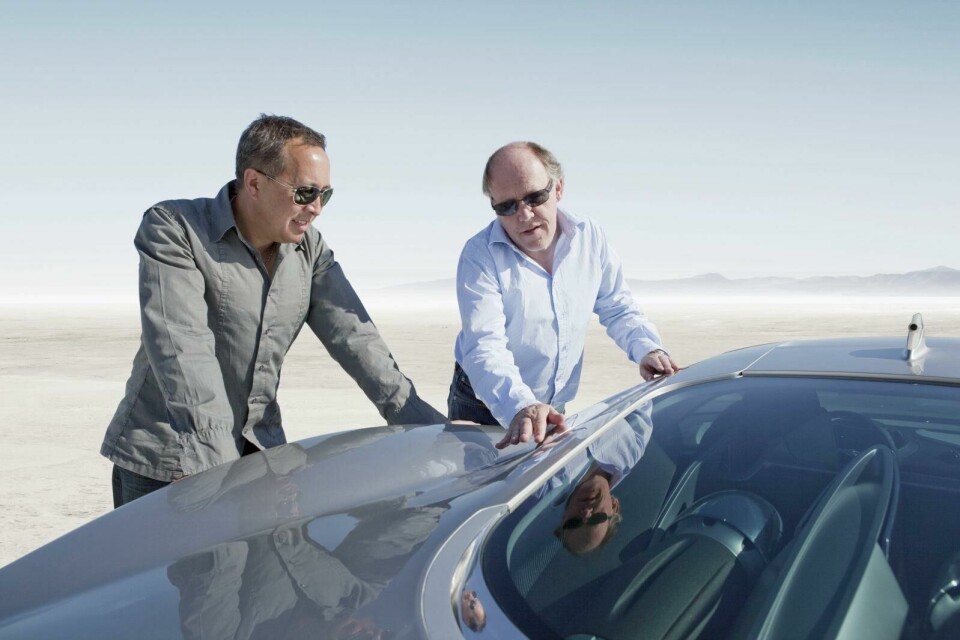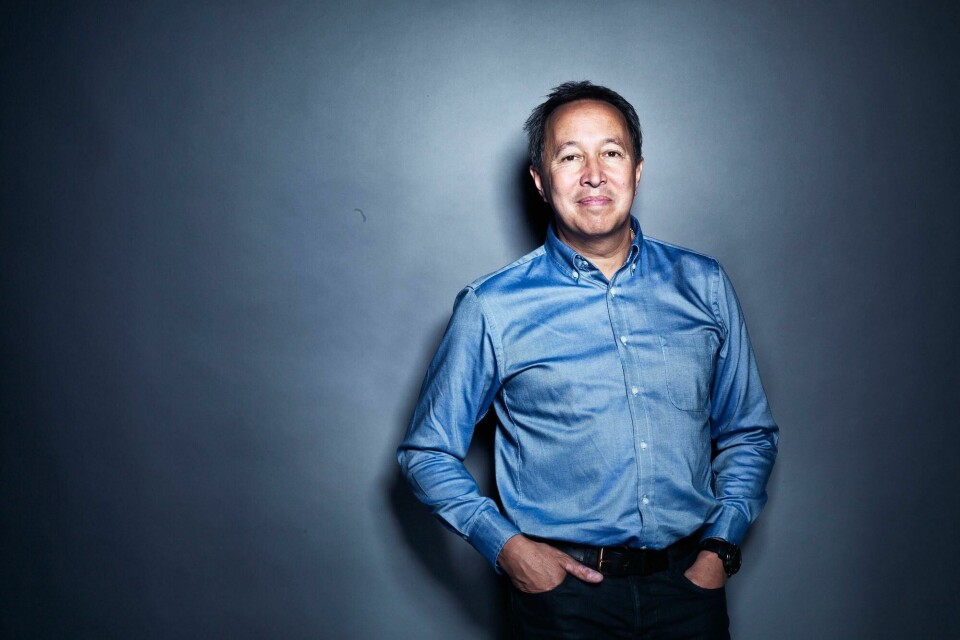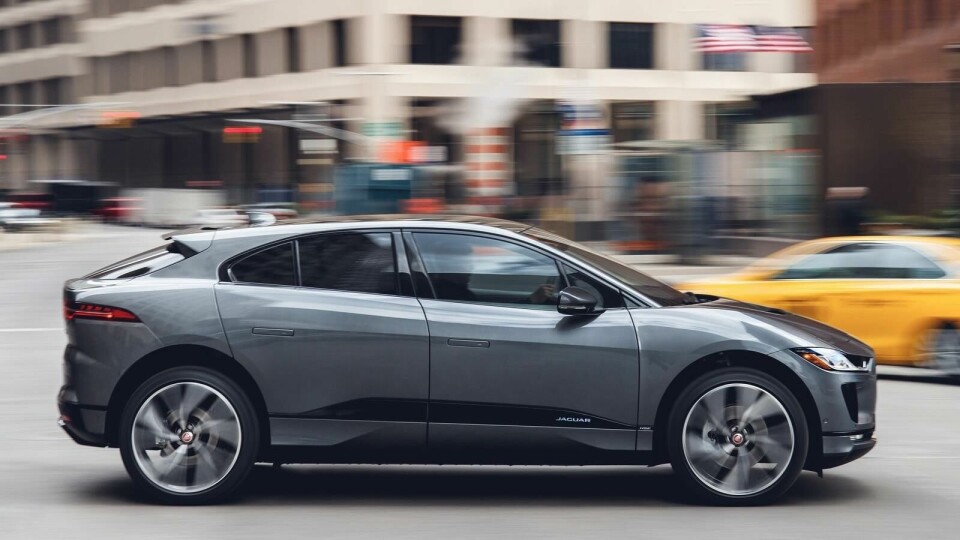
Interview with Julian Thomson - taking the reins at Jaguar
’I’m full of energy and psyched,’ Julian told our contributor at Pebble Beach, when we caught up with him for a chat
It’s been less than three months since Julian Thomson was named the Director of Design at Jaguar, but he already feels at home in his new role.
“I wouldn’t have taken this job if I didn’t think I could do it better,” Thomson tells us during an early morning chat during Monterey Car Week. The designer, who was named Ian Callum’s successor in early June, joined Jaguar in 2000 as head of advanced design and moved up to creative design director last year. Before that, he worked for Volkswagen Group and also at Lotus, where he designed the Lotus Elise Series 1.

Thomson’s professional move comes at the same time as the design’s team physical move from the old studio in Whitley to a brand new space (CDN will share more news on this soon). “I’m very lucky that my new appointment has coincided [with the move]. It’s a very fresh start and as I’ve packed up my boxes and moved them over, it’s like starting a new job. I’ve had a chance to reexamine how we work, all those relationships, and ultimately how we design cars and what we’re about.”
After working with Callum for nearly two decades, Thomson is keenly aware of both the legacy left behind by his former boss and the need to push the brand forward.
“We’ve had this relationship where we’ve deliberately fired off against each other, like yin and yang,” Thomson says of Callum. “He’s been the custodian of the brand and I’ve been the rebellious challenger, and I miss that to and fro between us.”

Under his leadership, Thomson hopes the entire team will feel empowered to share ideas. “We’ve been trying to really drop down a lot of barriers,” he tells us. “You’ll see a much flatter, more open structure. You won’t see me as a figurehead leading on my own, you’ll see a lot more from designers and also engineers and surfacing people. We have a lot of initiatives about cross-learning, and internal Ted talks, and a much more diverse work group.”
This freer exchange of ideas is something we’re increasingly seeing in many studios around the world, and for Jaguar, comes at a crucial time. “In the past 20 years we’ve been really trying to be more contemporary and more modern and more state-of-the-art, and now we’ve got to push a bit further. We’re in a stage in our product development where we have a lot of cars that are coming up for replacement, there’s a lot going on in the industry, and there’s lots of alternatives we’re looking at in regard to powertrains, connectivity, body styles. It’s all up for grabs.” At the same time, Thomson believes that Jaguar must maintain a consistent, authentic brand identity. “We’ve had this uneven relationship with how we interpreted our history,” he tells us. “Now I think people want British design, British brands.”

Thomson says he’s seen a major shift during his tenure in customer attitudes. “We talk a lot about millennials, and how traditional brands are viewed against new brands, how people view companies and their purposes, and how it all goes back to the statement the customer is trying to make,” he tells us. “A lot of people say young people don’t want cars; but maybe they don’t want a car because of what it represents to them.” Thomson says traditionally, luxury cars have been seen as a type of reward, but that might not be enough for younger customers. “They might care more about the idea of doing a product which is a first of its kind, or associated with good company values, or something that is crafted in a very artistic fashion,” he says. One of the biggest challenges for Thomson’s team – and the industry as a whole – is to understand the shifting landscape and “how designers become a part of that narrative.”
One way to do that? Focus on passion. “We need to do cars which are more beautiful, more exciting, more emotional to connect with,” says the man who is a fan of hot hatches and counts the Elise and the 2001 R Coupe concept among his favourite designs. “Jaguar has always been different and individual and not wanting to follow the pack, and I want to bring a more emotional appeal to those cars.”







